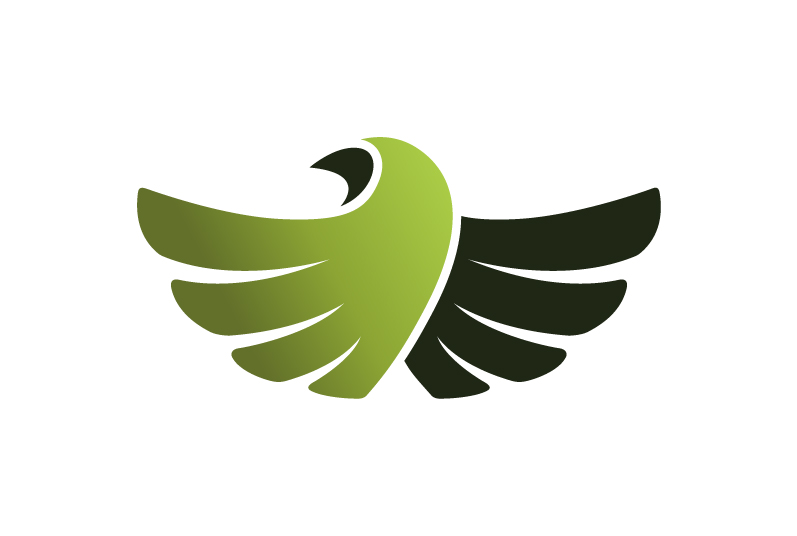Why Stretch Yourself?
To stretch or not to stretch? That is the question! That stretching is good for us was once considered a universal truth, but these days the conflicting opinions on stretching can be confusing, so I hope that what follows will help clarify things.
The Stretch Reflex
First, a bit about muscles and the stretch reflex. At rest, muscles are in a state of light contraction, known as tonus. If the muscle receives a signal from a motor nerve, it will contract further and when that signal stops, the muscle will return to tonus. Many muscles work in pairs, for example the biceps and the triceps. When one of the pair contracts (the agonist) the other relaxes (the antagonist). Muscle fibres are not elastic, so they cannot be stretched like a band. Stretching a muscle means reducing its tonus so that it is less contracted and more relaxed.
Muscles contain nerves known as muscle spindles, which detect the level of stretch. Sudden or severe stretching triggers the muscle spindles to send a message to the spinal cord to contract the muscle to prevent an overstretching injury. This circular process is known as a reflex arc and bypasses the thinking centres in the brain in order to elicit a rapid response. An example of that is ‘nodding’ off to sleep when upright. As the chin drops, the muscles at the back of the neck experience a sudden strong stretch, which causes the nerves to fire and rapidly contract the muscles again, jerking the head back up, and all without you having to think about it, in fact, you did it in your sleep!
Regular stretching has been shown to improve flexibility. As you can see, this is not because the muscles being stretched get longer. It is instead because the brain and body get used to stretching further. Basically that means that with regular practise, you can stretch further before the muscle spindles fire off the warning signal “Stop, that’s going to hurt!” You have trained your nervous system to allow the muscle to let go a bit more.
Stretching Before Exercise to Prevent Injury
This is where it can get confusing, because stretching seems to help prevent injury before some sports, but not others. Stretching as part of the warm up for activities that involve bouncing and jumping, like football and rugby, seems to be beneficial, but not so for less intense activities, such as swimming, cycling and running.
There is evidence to suggest that regular stretching at times other than immediately before exercise can prevent injury.
Stretching to Improve Sports Performance
In terms of performance, stretching before a game can have an adverse effect on sports requiring explosive power. For example, a basketball player won’t jump as high after stretching. For these types of sports, the best way to warm up is to do some light aerobic work followed by dynamic stretching (swinging a limb through the range of motion) and then some sport-specific warm-up exercises.
Conversely, short-duration static stretching (holding the stretch) as part of a warm up routine can be beneficial for gymnastic performance where greater flexibility is required.
As with injury prevention, regular stretching other than before the activity has been found to improve overall sports performance.
Stretching for Musculoskeletal Pain
Studies have shown that yoga and stretching can help improve function and reduce symptoms in those with chronic musculoskeletal pain, such as low back pain, neck pain, osteoarthritis and fibromyalgia.
Stretching for Health and Wellbeing
Stretching is an integral part of many traditional, therapeutic practices, including yoga, tai chi, qigong and massage. They work not only on stretching muscles, but other tissues in the body too as part of a holistic approach to health and wellbeing. And of course, we all know how good a stretch feels!
So the moral of the story is that regular stretching is good for us all and if you want to use it as part of your warm up for injury prevention and/or to enhance your sports performance, consider what would be the most appropriate type of stretch to use for your activity. Enjoy stretching yourself!

